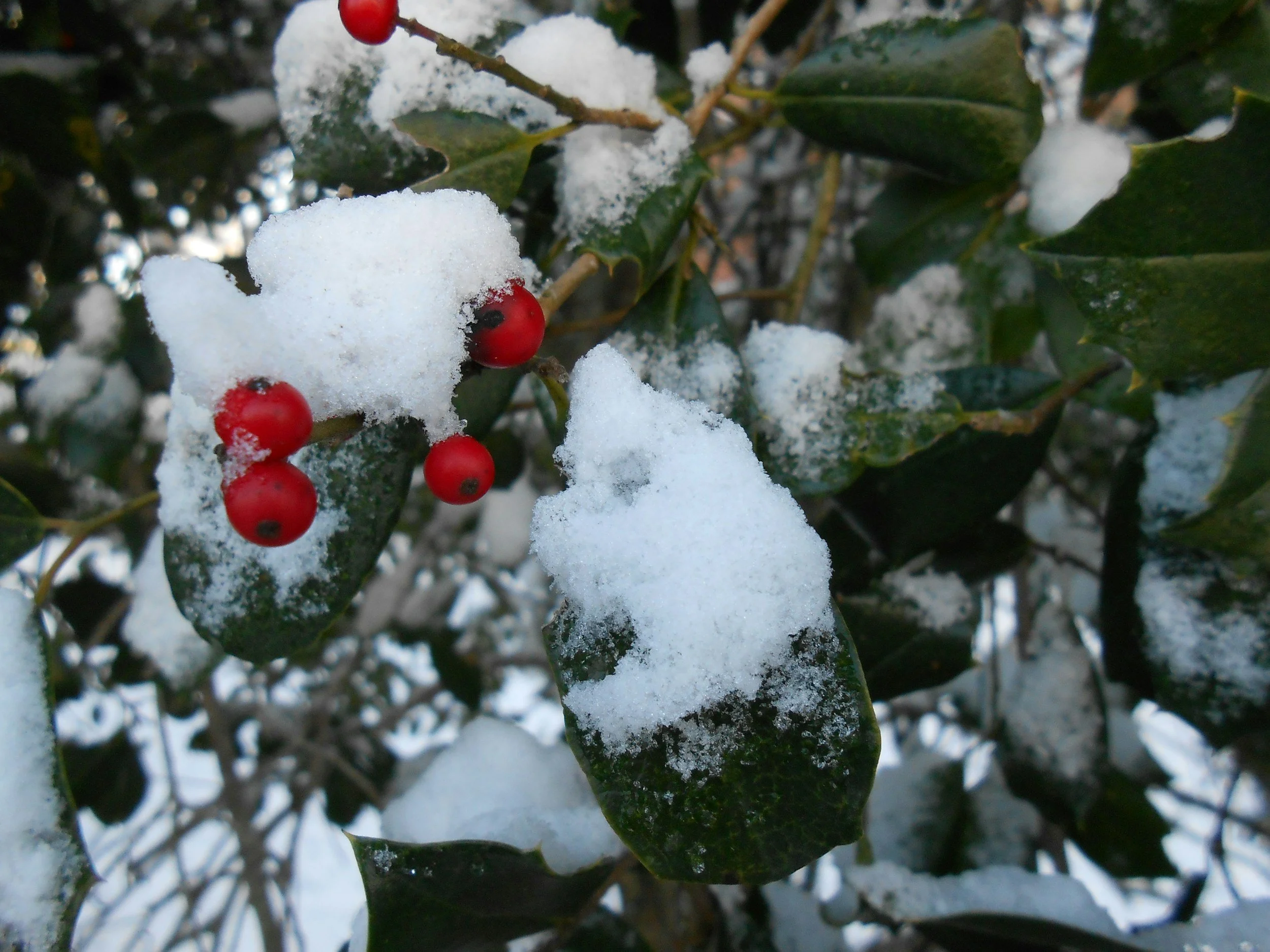
The goals of our ecological stewardship program at ruthven park…
-
Study
To develop a greater understanding of the interdependence between humans and nature through our own and partnered ecological research projects.
-
Protect
To preserve native species and their biological communities through our ongoing conservation efforts.
-
Educate
To enlighten guests to the wonder of our natural environment and the importance of the biodiversity within and beyond Ruthven Park.

“understanding of the natural world is a source of not only great curiosity, but great fulfilment."
-Sir David Attenborough
Current ecological stewardship projects:
Bird banding
Wetland studies
Invasive species removal
Tree surveys
Habitat restoration
Species census collection
Species of the Month
December’s article written by Brian Pomfret, Master Bird Bander at Ruthven Park National Historic Site
(Originally published in December 2023)
Winterberry Holly
Ilex verticillata
Although for many the arrival of December is the start of the colour and excitement of the Christmas holiday season, in truth the landscape of southern Ontario is a touch on the dreary side. The colourful leaves of Autumn are off the trees, flowers are but a memory, and the palette of the environment is dominated by subdued browns and greys, perhaps with some white from early snow. It’s possible, however, to find a few spots of bright colour to enliven the drabness.
Winterberry Holly (Ilex verticillata) is an example of a native North American shrub that produces bright, colourful red or scarlet fruit that persist through the winter season. The fruit, which is a “drupe” – meaning it is a fleshy fruit with thin skin and a central stone containing the seed, like a plum or cherry – begins to form as the Winterberry Holly’s leaves begin to drop in autumn. Berry-laden stems are often used to add colour to holiday evergreen decorative arrangements, and, as a consequence, Winterberry Holly has come to be associated with Christmas.
Winterberry Holly is found in southeastern Canada from Newfoundland through Ontario, and in the eastern portion of the United States. The shrub is most often found in acidic soils of wetland habitats, but it can also occur in grasslands and on sand dunes. Winterberry Holly grows from 1 to 5m in height. In preferred conditions it spreads vegetatively by root sprouts or “suckers” and can form dense thickets.
The leaves of Winterberry Holly are alternate (meaning they grow in a staggered pattern with no leaf being opposite another leaf on the other side of a stem), glossy green in colour, and 9 cm long and 3.5 cm wide. Their undersides are hairy. Flowers are 5 mm in diameter with 5 to 8 white petals, while the bark is thin, smooth, and coloured greyish brown. The bright red fruit is “globose”, or spherical, in shape and is 6 to 8 mm in diameter.
The fruit of the Winterberry Holly can be a source of food for various species of bird, such as American Robin (Turdus migratorius), Cedar Waxwing (Bombycilla cedrorum}, and Eastern Bluebird (Sialia sialis), during the winter months, but is considered toxic for cats, dogs, and horses.
Some indigenous cultures made use of Winterberry Holly for medicinal purposes. A tea made from the bark was used as a remedy for diarrhea and as a treatment for the regrettably unexplained “craziness”, while ingesting the bark was a treatment for fever, liver ailments, and internal parasites. There have been no scientific studies to support these uses however, and it is known that ingesting the seeds, leaves, bark or fruit of the Winterberry Holly can cause nausea and low blood pressure.
Winterberry Holly is hardy and capable of growing in a wide variety of garden situations. As it provides spots of bright colour during the winter months when most other plants are drab it is widely used as a garden ornamental with numerous cultivars being developed. The species is dioecious however, meaning that there are separate male and female plants. A male plant is needed to fertilize the female plants to produce the bright red fruit the Winterberry Holly is most noted for.
Look for Winterberry Holly during the winter in natural wetland areas, in various gardens, and in a wide variety of Christmas decorations.

